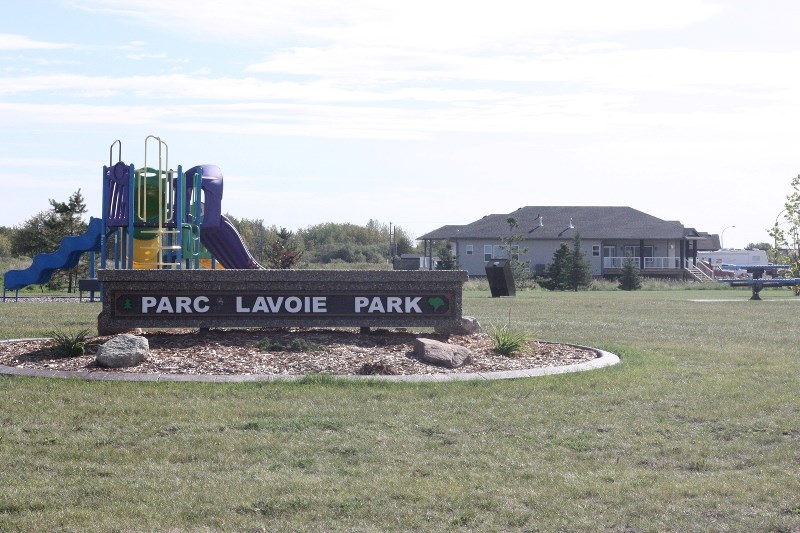Work is continuing to bring affordable/attainable housing options to St. Paul, with a committee formed to look at the project and area residents being surveyed on a potential location.
St. Paul Abilities Network had originally gotten the ball rolling, approaching Town of St. Paul council in June of last year, to provide the land, services and site work for the project.
“We need to show the municipality has a buy-in to the project as well,” explained Philip Lee, project lead, about ongoing discussions with the Town of St. Paul to supply land. Generally, municipalities will supply 10 to 20 per cent of affordable housing project cost, with cash donations, land donations, or work in kind, he said.
St. Paul’s project could cost between $20 to $30 million, conducted over phases, with $13.2 billion in provincial and federal housing grants available to be accessed, according to Lee.
During discussions with the town, Mayor Glenn Andersen had suggested that one possible location could be the land directly east of Glen Avon School, south of Crescent Park, owned by the Lavoies. In speaking with the owners of the land, Lee said they expressed interest in the project and the land’s use as an attainable housing site, as cementing their family’s legacy in the town.
“The biggest question is, is our town going to lose out on the opportunity to get upwards of $15 to $25 million dollars because we don’t want to invest $950,000?” Lee asked. “It’s important for us to apply for provincial and federal grants now, and it’s important to apply for the maximum amount.”
There is a committee in place to look at the need for attainable housing, with Lee calling the people involved “a good mixture of . . . people intrinsically passionate for the community.” While SPAN can apply for the grants available for affordable housing, the committee would likely take a leadership role in rolling out the affordable housing plan when grants were in place, he said.
When presenting to council last June, SPAN had suggested building 70 units, with Lee saying that the project could include up to 100 units, done over phases. However, when it came time to build, the project could be scaled back based on the recommendations of another need and demand analysis done at that time, he said.
A need and demand analysis done in 2016 suggested, “St. Paul suffers from a combination of demand factors from multiple at-risk household categories, growing levels of demand for affordable housing, low rental vacancy rates, and a relatively poor quality of rental inventory,” and St. Paul has been identified as having one of the highest, if not the highest, need for attainable housing in the province, said Lee.
However, he noted that realtors have posed some questions about the project, including the recent downturn in the economy, the excess of inventory on the housing market, and if an attainable housing project would further lower housing prices. Based on those questions, Lee had reached out to the Canada Mortgage and Housing Corporation and the National Association of Realtors for more research-based evidence on attainable housing.
“So far, all studies indicate that there is no negative correlation between property value and attainable housing development. In fact, there is healthy evidence showing that adding attainable and affordable housing inventory will raise property values and stimulate further growth of the community,” he said.
Mayor Glenn Andersen was careful when responding as to what the Town of St. Paul sees as the need for affordable housing for the community.
“That is a tough question when you get something like this put to council, when you set a precedent for giving land away. Without seeing what they’re proposing, it’s tough for me to comment.”
He said some of the questions involved looking at what the threshold is for affordable housing; or if the town was to purchase the land, if it was to set a precedent for doing so; and if there continued to be lots of housing inventory for sale, “are you going to oversaturate the market?”
“It has a whole bunch of ripple effects that I have to work through in my mind and get the answers to,” he said, “Something like this can affect the community and it is taxpayers’ dollars.”
Right now, Lee said university students have been recruited to survey residents near to the land east of Glen Avon to get their perspectives.
Dennis Giggs, a resident living near Glen Avon and the Lavoie land, said he and his neighbours had not yet been approached to take part in a survey, as of early last week.
However, he questioned the wisdom of putting all the proposed housing in one location, suggesting that if the community felt attainable housing was a need that should be supported, that such housing should be spread throughout the town.
“That moves it up to the level of community support,” he said. “Right now, putting it all in one area is just not acceptable.”
Lee said that community support was critical to proceeding with the plan, whether it was with the Lavoie land of if a more suitable location was suggested; however, if town residents did not see the need for the project, or did not agree with the project, it wouldn’t be pursued, he said.
“We’re going to do things that are beneficial for the community.”



